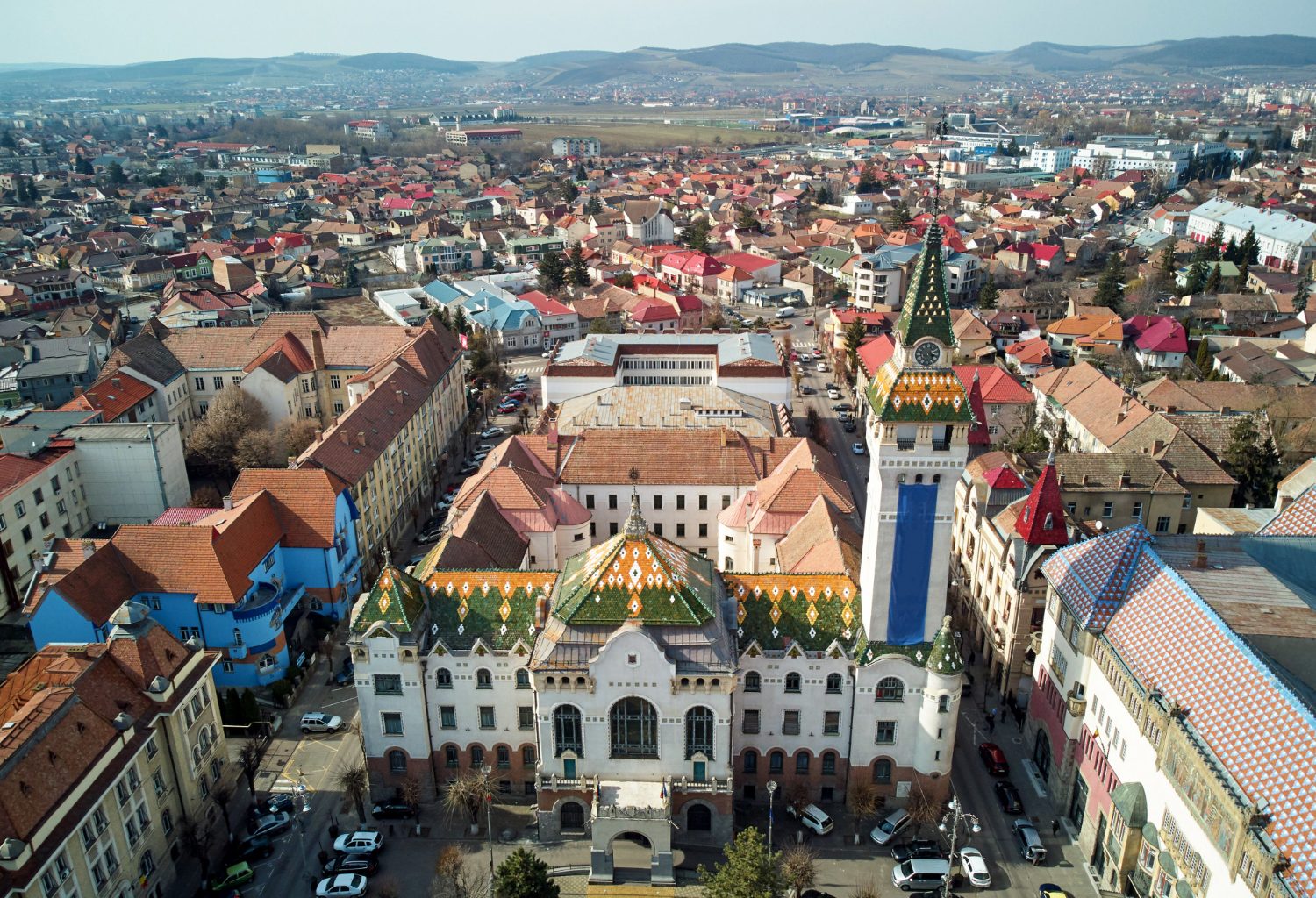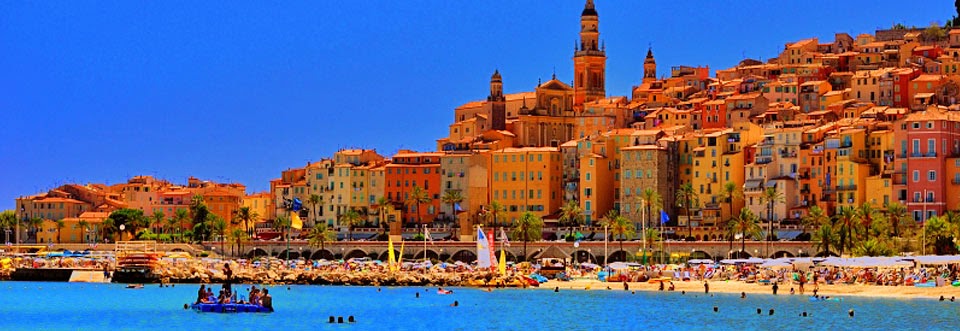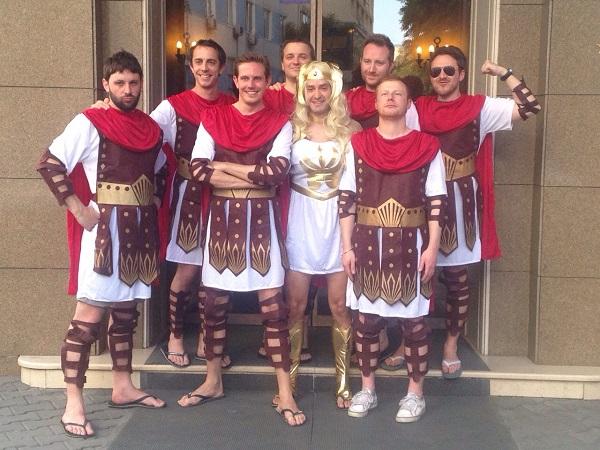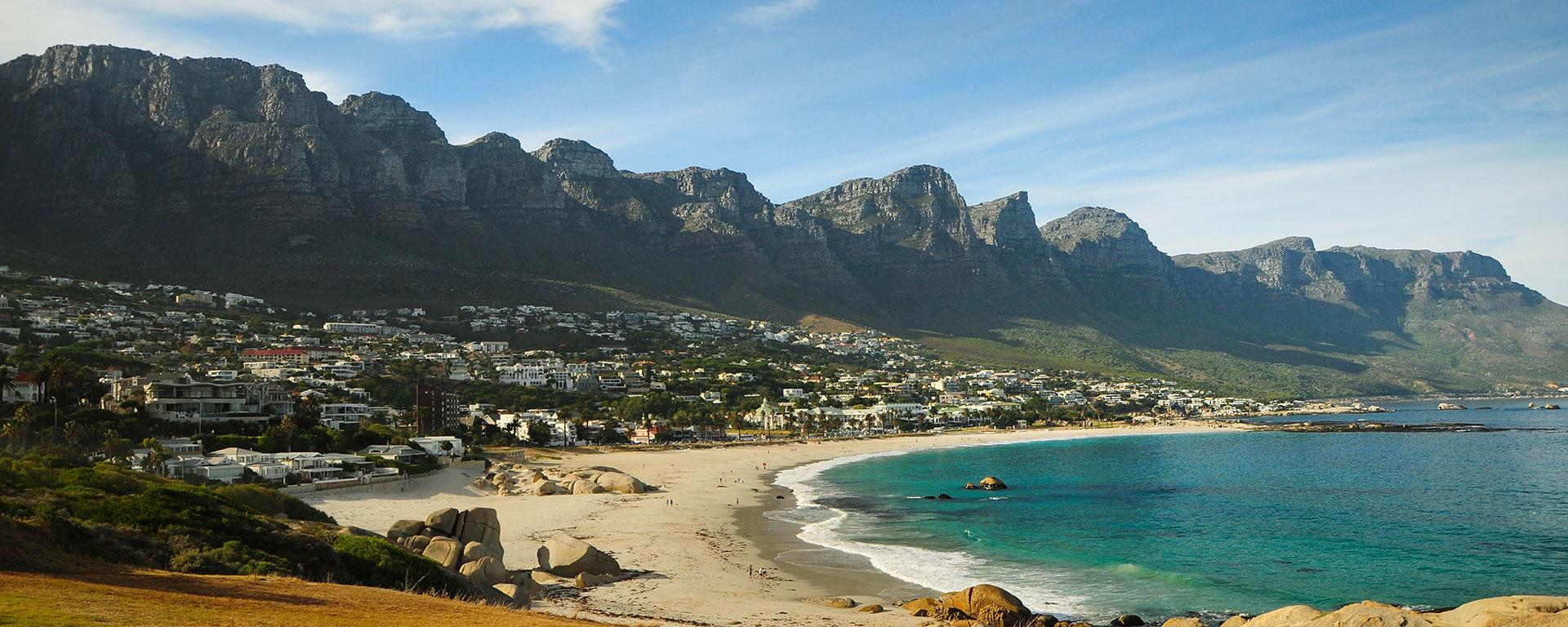The second largest county in Transylvania is extremely rich in cultural and natural attractions. It is as if there is a small representation of multicultural Transylvania, right in the middle of the region, home to the Szekler-Hungarian, Romanian, Saxon and Roma communities alike.
Citizens of Mureş County are generally hospitable, appreciate their neighbors, are hardworking, resilient, resourceful and tolerant. In many rural communities they value the treasures of their cultural heritage and live in harmony with nature.
In Mureş County you can find everything from Hungarian noble castles to Szekler and Saxon bourgeois city centers to the wooden masterpieces of Romanian and Szekler peasant architecture. The sights are extremely diverse and fascinating for anyone who comes to the area as a tourist.
The central and eastern part of Mureş County belongs to the historical Szeklerland (Marosszék); Sighisoara and its surroundings were part of the former Saxon lands. At present, about half of the county’s population is of Romanian ethnicity, and another nearly 40% are Hungarian, almost a tenth have declared themselves Roma, but the proportion of Germans is less than 1%.
The capital city of the county is Târgu Mureş, with a population of nearly 150,000, which has historically been the commercial, educational and intellectual center of the Szeklers; it is currently the sixth largest city in Transylvania. It has also an international airport, which makes it accessible for tourists from abroad who plan a Targu Mures city break.
One of the city’s most impressive buildings is the Palace of Culture, built between 1911 and 1913 by Mayor György Bernády. The building is considered to be the pearl of the Hungarian Art Nouveau and one of the most valuable architectural masterpieces not only in Târgu Mureş, but in the whole county.
Rich in sculptural and mosaic ornaments, with blue, red and white tiles of the famous Zsolnay factory on its roof, with scenes of Hungarian legends on the windows, a mosaic of Aladár Körösfői-Kriesch entitled “Homage to Hungary”, the national pantheon of stone and bronze sculptures and reliefs made this building a symbol not only to the local Hungarian community, but to all people in Transylvania.
Unfortunately, the building needs renovation, for which the county received EU funds and started the renovation a couple of years ago, but the work was suspended. Now they recently signed a contract with another company, so hopefully the renovation of the Palace of Culture can continue soon.
Another famous attraction of the city is the fortress of Târgu Mureş, which is located in the city center and is one of the largest in Transylvania and Szeklerland, with 7 bastions.
Not far from Targu Mures you find the castle of Sighisoara, a UNESCO World Heritage Site since 1999, and this site is a must see. Sighisoara is often called one of the most beautifully situated cities in Transylvania, and not without reason: if you haven’t been there before, the city under the mountains, along the Nagy-Küküllő, has sights at all times of the year.
In the neighborhood there is the wooded pasture Breite, where you can admire the uniquely high biodiversity of Transylvanian grasslands in the shade of hundreds of years old oak trees.
The Visitmures team wants to show you the many hidden secrets of Mures county. Visit our website to learn about the legendary places of Mureş County and get more tips on where to go!







